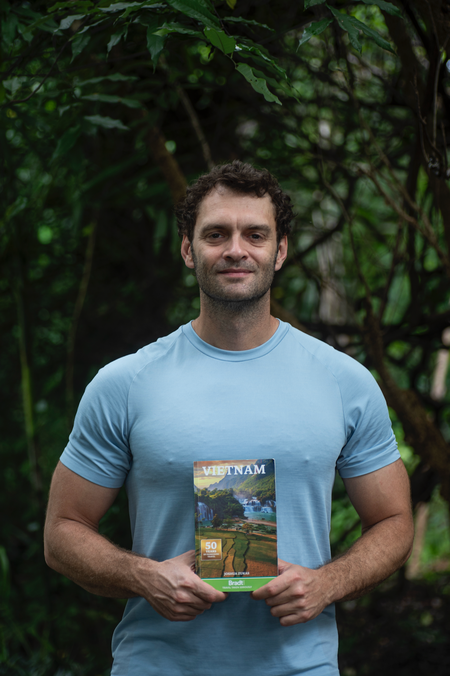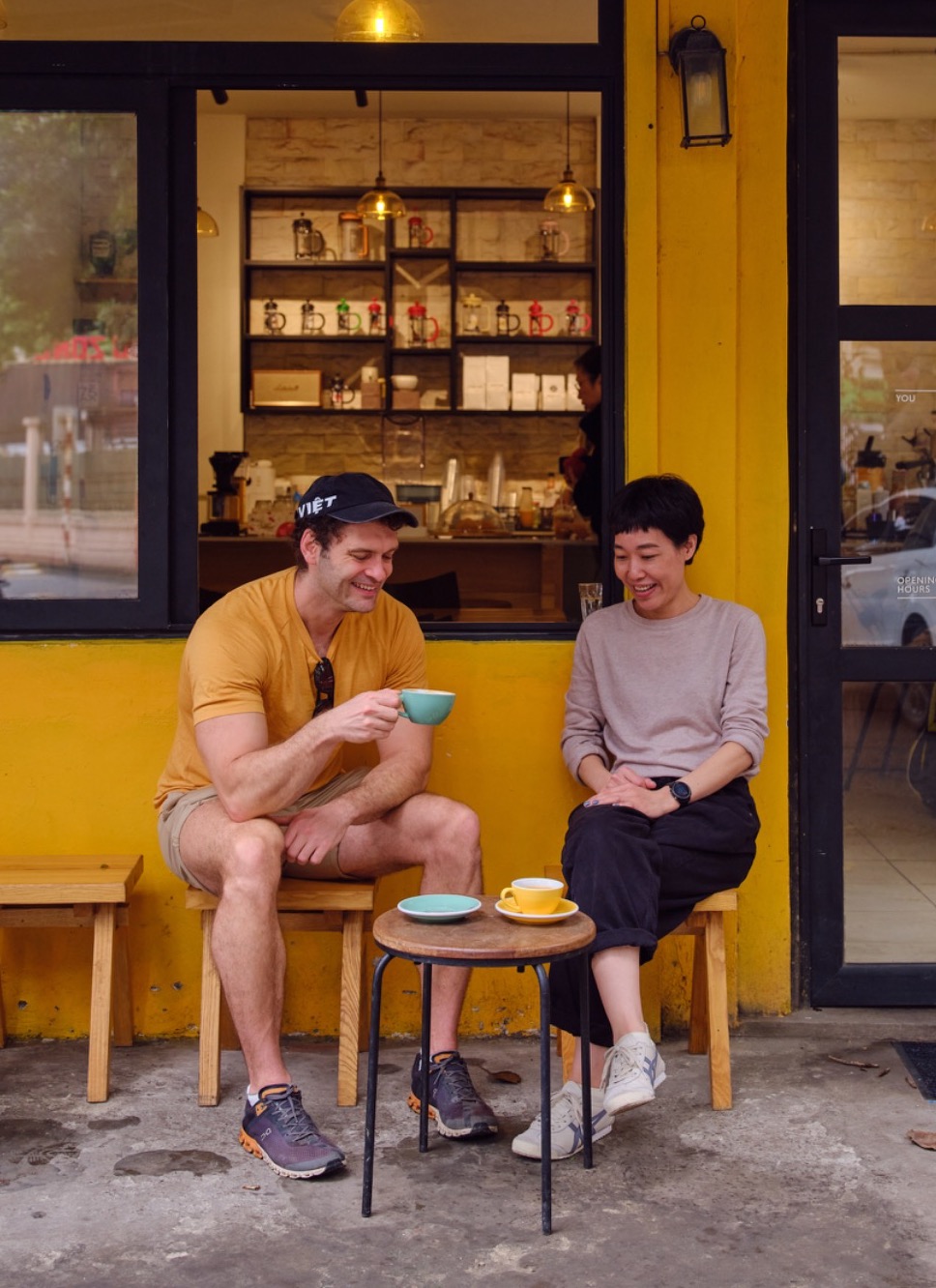

(that's me in the VIỆT cap)
Prioritising depth over breadth, I'm a travel writer that focuses exclusively on Vietnam, a country I've lived in for over a decade.
As well as authoring guidebooks, publishing audioguides and speaking on podcasts, I've written for many of the world's top publications, including The Economist, Wallpaper, Lonely Planet and Asia's first-rate in-flight magazines.
To see some of my portfolio highlights, scroll down. For specific verticals, look at the navigation bar above. To connect with me, click the icons below.
If you're planning a trip to Vietnam and looking for insightful and inspiring travel information, click here to read free stories, guides and itineraries.
Click here to get 25% off both the physical and digital versions of my Bradt guidebook. In it you'll find:
· Advice on choosing the right mountains, beaches, caves and road trips to optimise your time in Vietnam.
· Tips on how to get the most out of key cities and towns while avoiding those pesky crowds.
· Dozens of recounted myths and legends, adding texture and context to the country’s history and culture.
· Specialist contributions from local journalists, historians, academics and travel experts to give depth to your trip.


